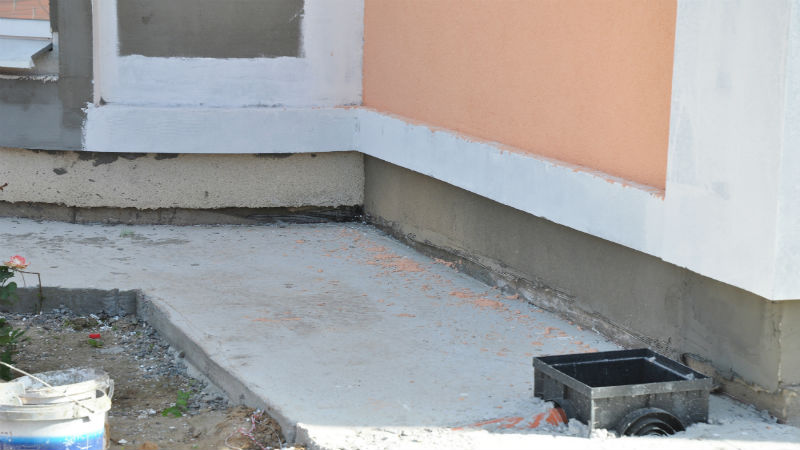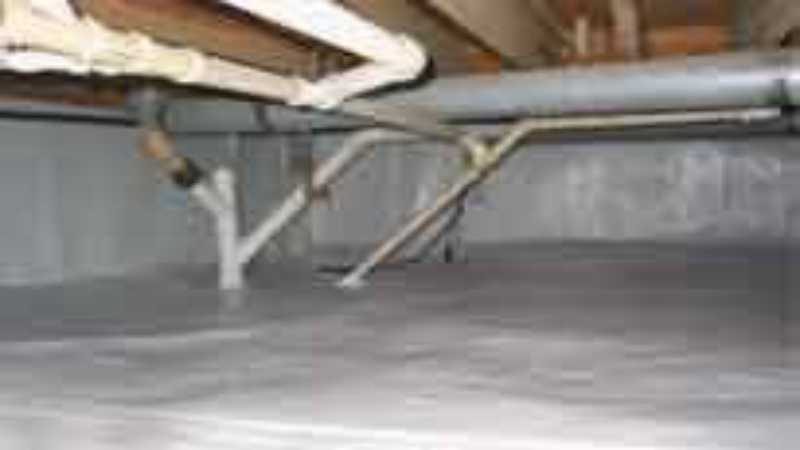French drain allegedly first came into existence as simplistic ditches that were filled with gravel—and named after their creator, Henry Flagg French. His simple design accommodated the use of roofing tiles that were laid with a gap of 1/8 of an inch between each tile. The purpose of this was to catch excess water. The construction of a French Drain is essentially a ditch that is dug and contains a pipe which is perforated to redirect any surface water away from a specific area. It works in a similar way to a moat around a castle, whereby the water that would run toward the castle grounds is diverted to the moat, which catches it and removes it from the grounds.
Installation and Use
French drain installation is generally used when a property tends to suffer from excess water retention. The pipes are laid underground, and then covered with gravel which is absorbent enough to drain the excess water. The pipes redirect water that flows below ground and on the external side of the house foundation. Although French drains can last for up to ten years or so, they are prone to clogging and this can lead to flooding. There needs to be some level of filter fiber, hence the gravel or other materials. A sump pump is also usually installed at the same time and without that the gravity of the area is not always sufficient to redirect the water from the property. Let us suppose your house is not built on a hill or on sloping ground. There is nowhere for the excess water to drain away and it will find the lowest point to gravitate towards and that could be your basement. With the installation of a proper French drain around the perimeter of your house can prevent water from creeping in your basement and causing severe water damage.
A French drain is particularly applicable and suitable to houses that lay on a slope, where the slope goes toward the house. Having a French drain installed can stop the water pouring toward the foundations of your property. Sanitary sewers also prefer the same kind of sloping land as the French drain and the trench for the drain needs to be far enough away from the foundations so as not to undermine their structure. Visit Hydro Armor Inc. for more information.


